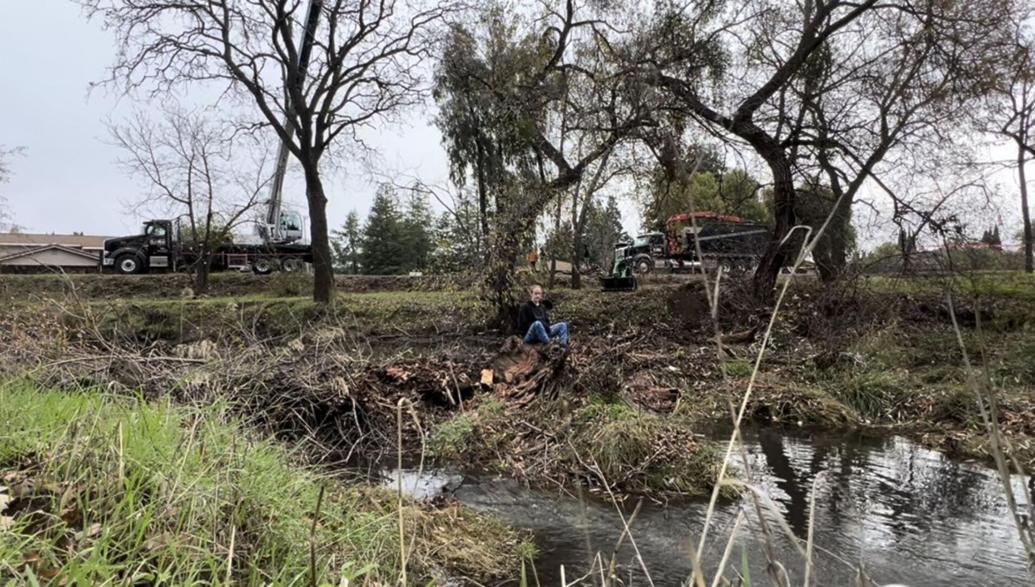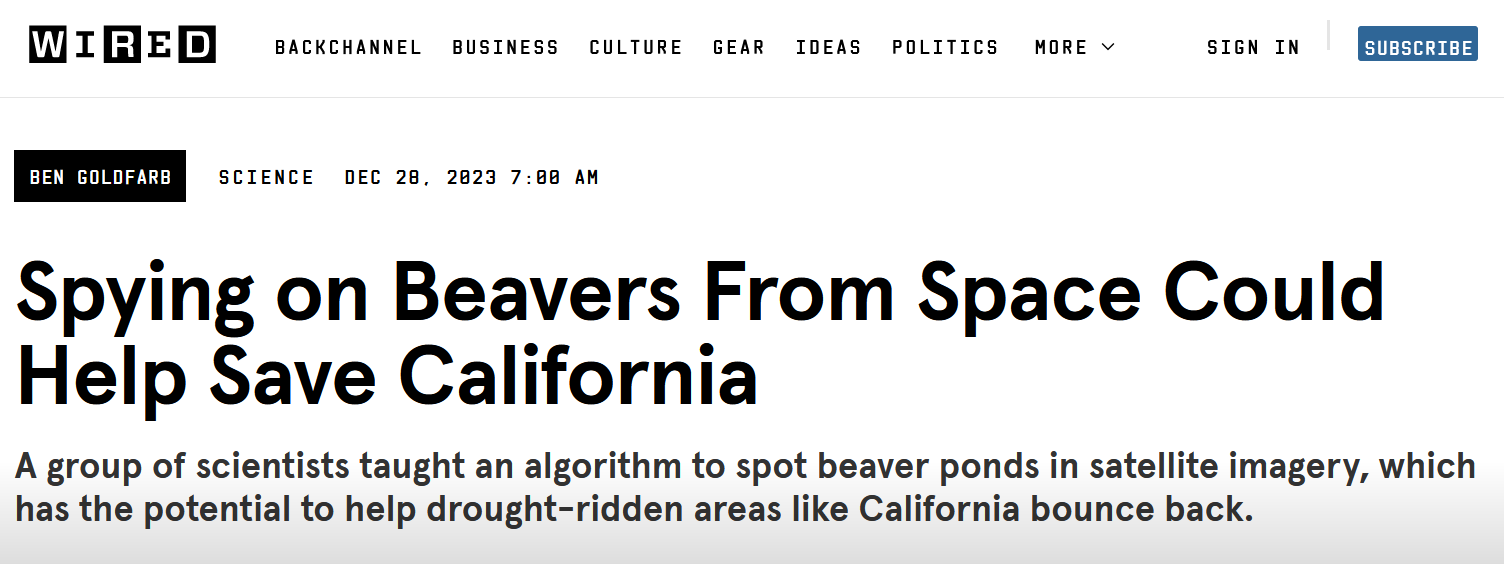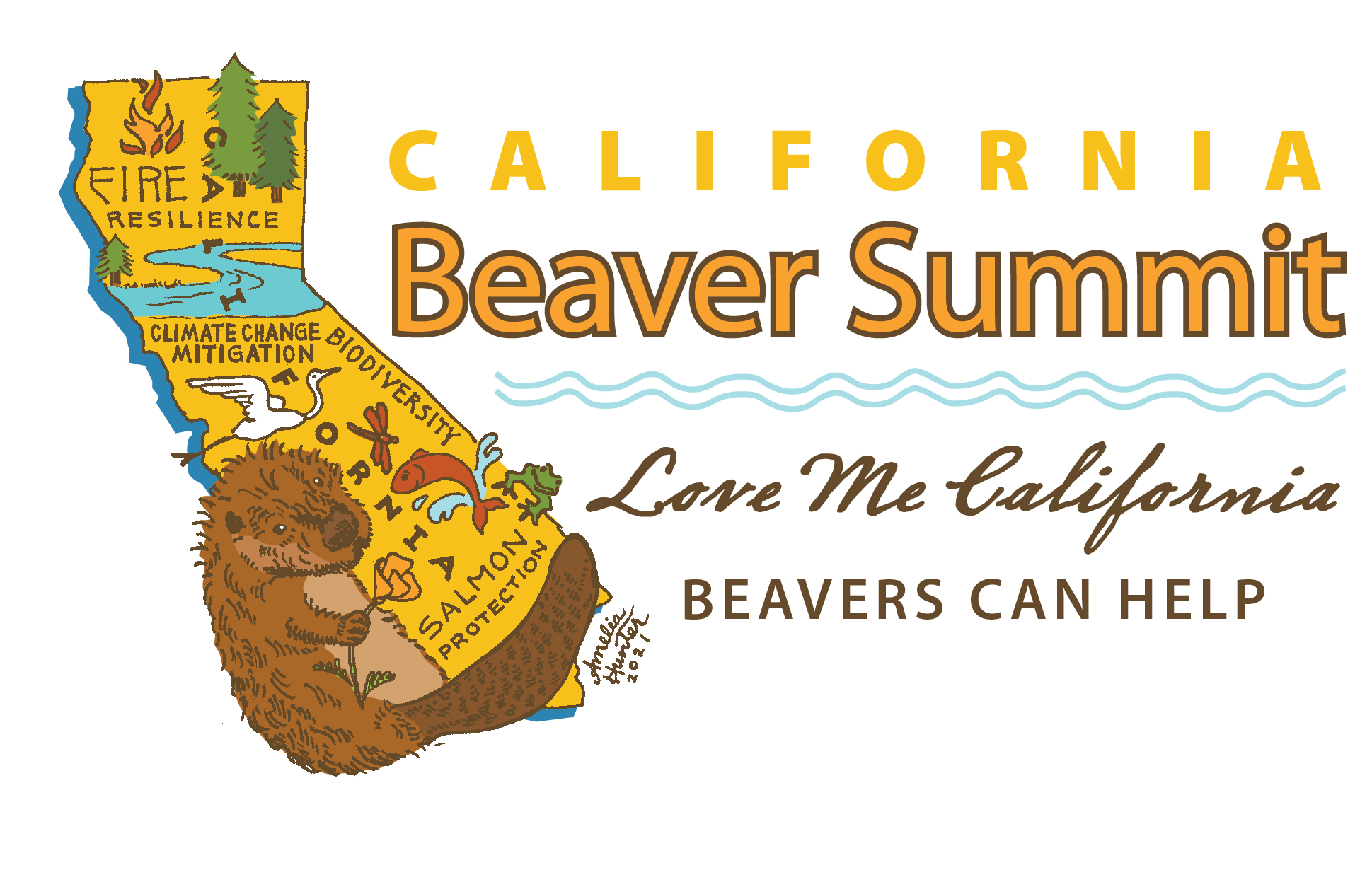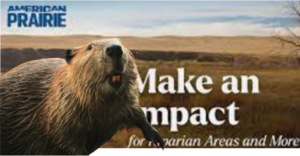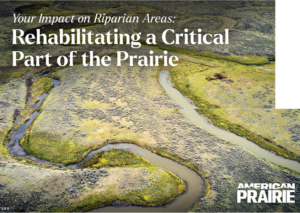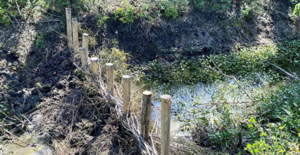Sometimes people wonder about the dynamic response in Martinez and why their was such a public uprising for the beavers. Was it something I did or something social media did or something the spirit of John Muir made happen? But of course it was none of those tings.
It was the beavers themselves.
Seeing them. Hearing them. Observing them.. watching them every day interact with family members. Beavers are touching. Personable. Social. Familiar. Watching a beaver changes you. You cannot help it It changed the trapper Grey Owl. It changed Enos Mills. It changed a tough little pipe fitter from Shell Oil.
And now they’ve c hanged the heads of CDFW.
‘Shot Off Te Landscape,’ Beavers Get Historic 2nd Chance In CA Wild
PLUMAS COUNTY, CA — California Fish and Wildlife’s Chuck Bonham said he “got a little choked up and teary-eyed” but was also filled with hope for the planet as he watched seven beavers slide into a pond on the ancestral lands of the Mountain Maidu people.
The beavers were home, back where they belong. And they had been sorely missed.
“There’s a part of our history where we viewed a lot of animals as nuisance, varmint, and we shot them off the landscape, from bison all the way down to beaver and many things in between,” Bonham said in a video of the beaver release. “And when you bring them home, you’ll restore your ecology. You’ll get your healthy functioning again in your meadows, in your alpine streams, in your coastal estuaries.”
There are three things I have learned that are beaver superpowers. They have the unexpected and unmitigated power to change human nature on a dime from what it once thought about beavers to an open window that transforms old attitudes to new respect and admiration.
Those three things are hearing in person the sound a juvenile beaver makes. Seeing your own child or grandchild make and wear a beaver tail. And the third, the most powerful of all, the big guns watching a beaver carry a young beaver on its back or tail.
One of the beavers released,, a 2-month-old kit, stayed in his kennel until Valerie Cook, the beaver restoration program manager for the California Department of Fish and Wildlife, gently lifted him out and placed him in the grass. After a time, one of the beaver’s siblings returned to shore, hoisted its younger sibling on its back, and together they explored their new home.
The young beaver knew exactly what he was doing and “was waiting for someone to give him a ride on their tail,” Cook told SFGate.
“You just saw this tiny brown furball, this little nugget, catch a ride on the back of his sibling’s tail, and it looked like he was surfing,” Cook told the news outlet. “I don’t think it set in for days afterward, but that moment will go down as one of the highlights of my entire career. I think we were very proud of what we had done, and really optimistic about the potential that this represents for us and the good we think we can do moving forward.”
Oh that’s it. You were treated to the beaver back ride. The first thing I filmed in Martinez and the most glorious thing that can bee witnessed in person. You are hooked now. Stamped. Chosen. Destined.
Within 20 minutes of their release, the orange-toothed mammals — unlike other rodents that have magnesium in their tooth enamel, beavers have iron, which strengthens their teeth — were already at working together on their new lodges, where they’ll spend the winter together.
Beavers are social animals who live in families and work cooperatively. Parents bond for life, and their offspring, the kits from the current breeding season and in some cases offspring of either sex from previous seasons, remaining together. A single mating pair can live to be about 16 years old and rear a litter of kits — usually just few, but as many as eight — a year once the female reaches maturity, at abut 2½ years.
The survival rate of kits is about 45 percent, which makes rebuilding the population a long and challenging process. But the architects of the historic beaver release are optimistic the beaver population will rise and, with it, the ecological health of the Tásmam Koyóm valley. With beaver in it, they believe, the valley will retain the spring snowpack melt for longer periods of time, creating healthier, more abundant rivers and streams in years to come and more habitat for other species that share the valley.
“There is a lot to be discouraged and alarmed about in our world, whether it’s climate change and the loss of plants and animals off our planet,” Wade Crowfoot, secretary of the California Natural Resources Agency, said during the beaver release. “But when we take action, we maintain our hope to restore, to regenerate our natural worlds.”
Oh you’re in it now buddy boy. If these seven live and if they aren’t predated or frozen out or starved out you are signed on for life. It’s more serious than a time share. More long term commitment than getting a southern 2nd pregnant. You are HOOKED. for good.
“They’re our little cousins, and we’re going to pray for them to be safe, to have a good life here in this beautiful environment,” Allen Lowry of the Maidu Summit Consortium said in the video. “And so, we’re so happy to be able to release them here. And we pray that they will find a good home, make a good home forever here.”
“Today just feels real good,” Bonham said in the video. “We’re bringing something back home. We’re returning an animal home.”
He added, “And this could be forever. And it’s the right thing to do.”
When I go to my death bed and I am laying in the hospital saying my last goodbyes just remember this moment. That for one day in one part of Plumas count7 we helped seven beavers make Chuck Bonham cry..
Let that be my legacy.



